Dristige tanker om liturgien

Peter Kwasniewski skriver følgende om liturgien på NLM-bloggen:
Let’s give this Ognissanti rhetoric some careful thought. “Backwards” and “forwards” are inherently ambiguous metaphors. If we decide to stick with polyester vestments, guitars, wide fat candles, and banners, are we not looking backwards into the 1960s/1970s? If we sing Gregorian chant, are we trapped in the Middle Ages—or are we singing a timeless music that is always and everywhere simply Catholic, as the Popes have taught? Is Latin a “dead language of the past” or is it the sacred language of eternal Rome, through which we signify the apostolic truth and constancy of what we celebrate? And so on and so forth. Those who love traditional things are interested in neither “going backwards” nor “going forwards.” We are interested in worshiping God worthily in the present, in continuity with the past, and for the future health of the Church and the conversion of the world.
Det er litt dristig å ta dette opp, fordi det referer til noe pave Frans sa for kort tid siden, da han markerte 50-årsjubileet for den første messen feiret på italiensk. Da sa han:
Let us thank the Lord for what he has done in his Church in these 50 years of liturgical reform. It was truly a courageous gesture for the Church to draw near to the people of God so that they are able to understand well what they are doing. This is important for us, to follow the Mass in this way. It is not possible to go backwards. We must always go forward. Always forward (applause)! And those who go backward are mistaken.
Kwasniewski siterer så Fr. James V. Schall, som svarer slik:
What, one wonders, does “forward” imply? The notion of “progress” for the sake of “progress” avoids the question of “progress to what?” or “forward to where?” To go “forward”, we must first look backward to the Gospel. Chesterton said progress can only be made by looking backwards. The future is blank, but history contains real people, real choices for good or bad.
Kanskje messen under feires mer passende enn om man bruker de billige, syntetiske messehaklene vi ser øverst i denne artikkelen?


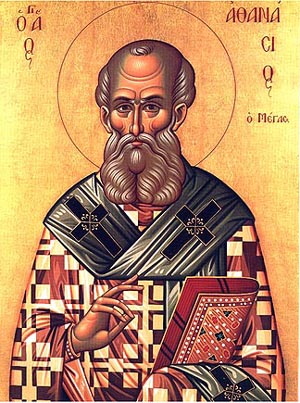
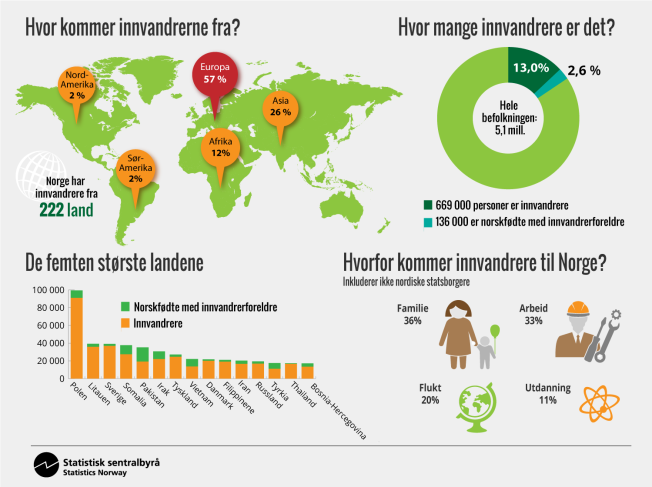
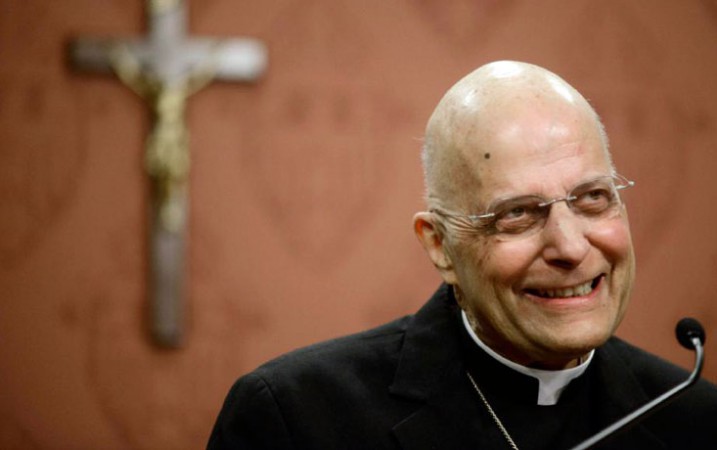


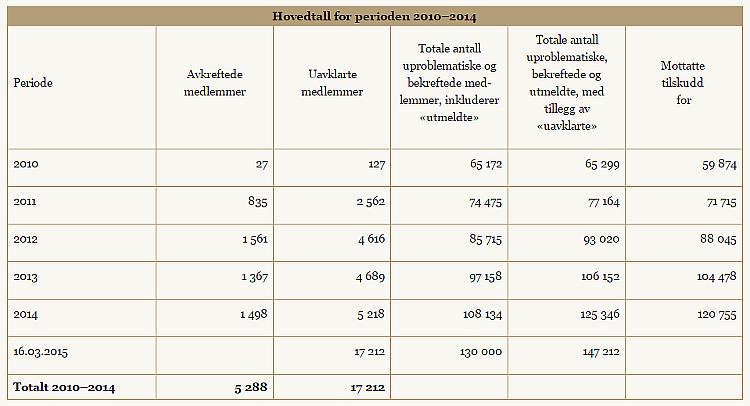
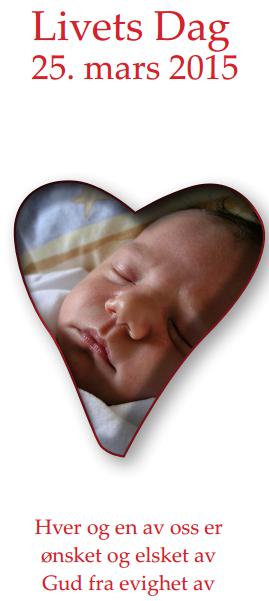 25. mars er dagen for Livsvern i Oslo katolske bispedømme, og brosjyren til årets markering av dagen innledes slik:
25. mars er dagen for Livsvern i Oslo katolske bispedømme, og brosjyren til årets markering av dagen innledes slik: